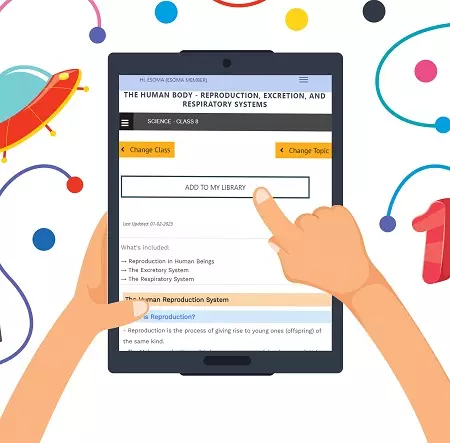Want to get these notes as PDF on your WhatsApp?
What is Communication?
Communication is the transfer or conveyance of messages or information from one person to another.
Read More On:
- Introduction to Communication
- Oral Communication
- Written Communication
- Barriers, Factors, Services and Trends in Communication
[Click on the links above to read more on Communication]
Visual Communication
- This is the process of passing information by use of diagrams, drawings pictures, signs, and gestures e.t.c.
Means of Visual Communication
Photographs
- A photograph is an image (visual representation of an object as it appeared at the time when the photograph was taken
- Photographs are self-explanatory and may not be accompanied by any narration or explanation.

A photograph of African Savanna (Image Courtesy)
- The recipient is able to get the message at a glance.
Signs
- Refer to marks, symbols, drawings or gestures whose purpose is to inform the public about such things as directions, distances, dangers and ideas.
- Examples; road signs, traffic lights and danger signs on electricity poles
- This means of communication can only be effective if the meaning of the sign used is understood.
Graphs
- These are used to show and illustrate statistical information.
Charts
- These are diagrams which show or illustrate the flow of an idea e.g. an organization chart illustrates the whole organization structure indicating the chain of command.
Memorandum (Memo)
- This is printed information for internal messages within an organisation.
- It is normally used to pass information between departments or offices in an organization.
- Memoranda have no salutation or complimentary clause.
- They are suitable for informing the officers within an organization of matters related to the firm.
- A memo is pinned on the notice board of an organization if it is meant for everybody otherwise passed to the relevant staff.
Advantages and Disadvantages of Visual Communication
Advantages of Visual Communication
- It can be used to pass confidential information
- The information may be obtained at once
Disadvantages of Visual Communication
- Can only be used by people who can see
- The information may be wrongly interpreted
- It may be an expensive method of communication
- Cannot be used for long distances
Audio-Visual Communication
This is a form of communication in which messages are sent through sounds and signs.
This form of communication ensures that the receiver gets the message instantly.
It is suitable where both the sender and the receiver know the meaning of specific sounds and signs.
There are different means of audio visual communication as follows;
- Television - This is a device that transmits information inform of a series of images on a screen accompanied by sound. It is a very effective method of communication since it combines the advantages of image and sound. A television can be a very suitable means of sending urgent messages especially when it gives live coverage of events.
- Siren - This is a device used to produce a loud shrill sound accompanied by a flashing light. It is commonly used by the police, ambulances, and the fire brigade and security firms to alert the public of the danger involved e.g. the ambulance siren conveys the message that somebody is seriously sick and therefore other motorists should give way.
Advantages and Disadvantages of Audio-Visual Communication
Advantages of Audio-Visual Communication
- It reaches many people
- It is more appealing than other means of communication
- Reinforces verbal communication
- May have a lasting effect on the receiver
- Suitable where receivers are illiterate.
Disadvantages of Audio-Visual Communication
- Disadvantages of Audio-visual communication
- It is suitable to those people who can interpret the messages correctly
- It is not suitable for confidential messages
- Preparation may take long.
Audio Communication
- This is when the message is transmitted through sounds. Examples include;
- A Whistle - This is a device which is blown to produce a sharp shrill sound to alert or warn the public or employees in an institution. It is normally used by security guards when there is danger. In some organization, a whistle is used to announce change in shifts.
- Horn - This is also an instrument that is used to produce sound which passes different information depending on the way it is blown.
Advantages and Disadvantages of Audio Communication
Advantages of Audio Communication
- Is a faster method of communication
- It can reach several people at once
- The message is received instantly
Disadvantages of Audio Communication
- The message may be interpreted wrongly
- It can only be used within a certain radius at a time
- It distracts people’s attention
Hello Esoma-KE Member, please help review these notes. Why review
Your review has been successfully submitted.
Tell us what you think about the notes.
Students' and Teachers' Reviews
Here's what our users had to say ...
No comments given yet! Be the first to comment.


